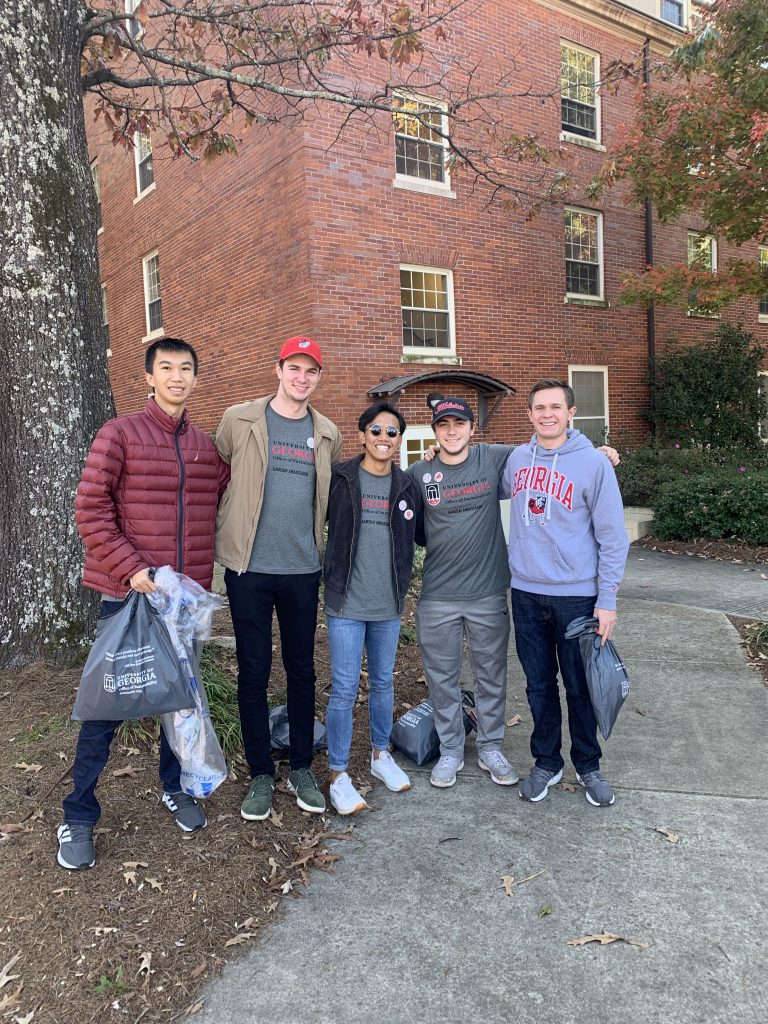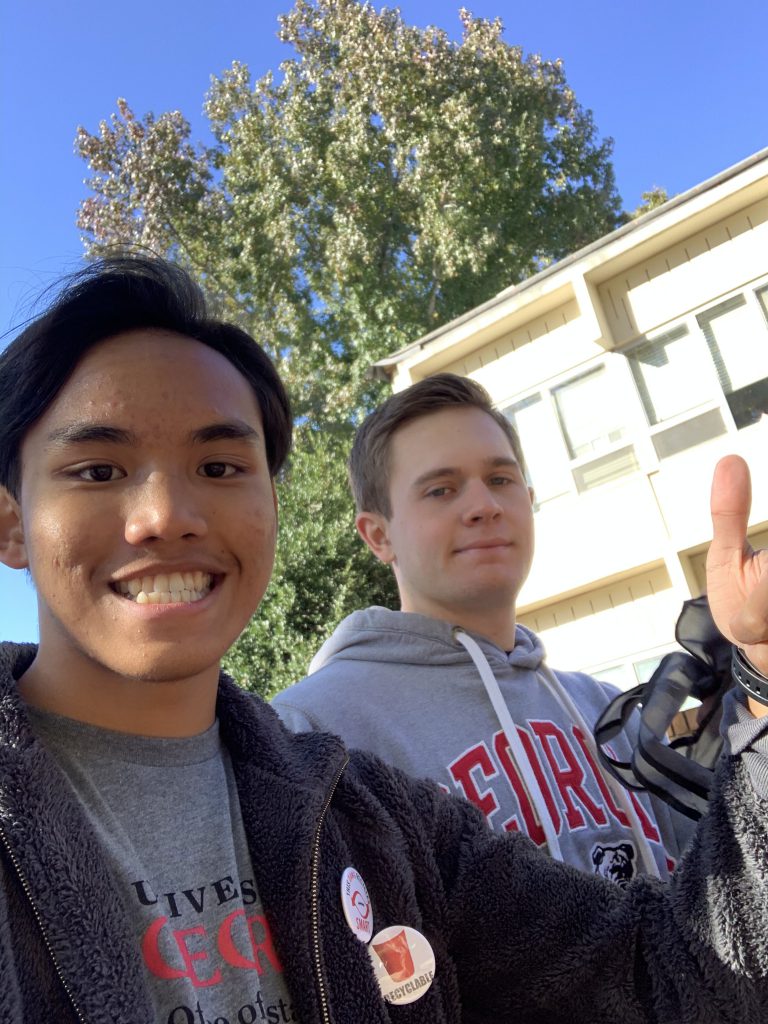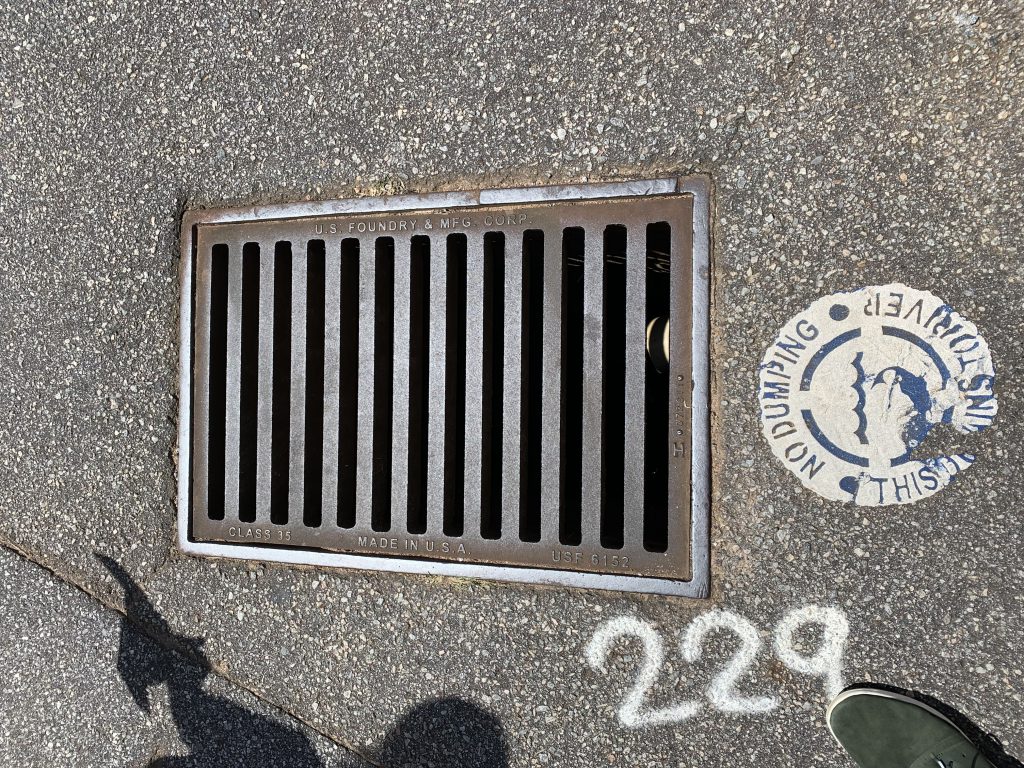In Star Wars Episode II Attack of the Clones, Obi-Wan Kenobi steps off his shuttle onto the planet Kamino in order to track an intergalactic killer. Instead of finding him, he stumbles upon a secret clone army being developed for the Republic, one clone exactly the same as the one before him. They are all being based on one man, Jango Fett, who happens to be the killer that Obi-Wan is tracking this whole time. He was picked because he is of an optimal body type and a skilled shooter; he was a perfect template for an intergalactic army.

Don’t start sweating because you aren’t a Star Wars junkie and have no idea what I’m talking about, this really goes beyond the point here. During the year of Attack of the Clone’s release (2002), I am not sure that anyone actually thought that engineering an army of men who were equally lethal, loyal, and dangerous was possible. Just the mere idea of being able to look at a person’s genome was unrealistic enough; why even try to modify it? Potential advancements in the field of genetic modification (1), such as CRISPR, have turned questions of possibility into questions of ethics.
Should parents be allowed to genetically engineer their offspring? If so, to what extent should this be allowed? If not, what are the foreseeable dangers of furthering research on genetic engineering?
What Are You Even Talking About?
To get us started, we must look at what is exactly meant by genetic engineering. Genetic engineering is defined as “a group of applied techniques of genetics and biotechnology used to cut up and join together genetic material and especially DNA from one or more species of organism and to introduce the result into an organism in order to change one or more of its characteristics.”(2) Lengthy definition, I know. Let me break it down for you:
Genetic engineering appears to do one thing to achieve one purpose. It changes or influences the genetic makeup of an organism in order for that organism to exhibit one or multiple desired traits. In a sense, it is like me baking a cake. In order for me to make a regular cake exhibit chocolate taste, I would need to add some cocoa powder to make the cake show that specific characteristic.
The focus of this article is not to outline all the new and shiny technologies that can allow us to influence our genetics nor am I determining the potential of genetic engineering. Instead, I hope to point to the direction that modifying the genome can take us.

The Positives: Disease Therapy
The concept was born out of a need to create a cure for certain genetic diseases. CRISPR can be used to modify disease-causing variants in the genomes of embryos and to remove such variants for other generations as well.(3) Doctors could edit immune cells to better fight cancer or edit blood cells to cure sickle cell anemia. There are many diseases that don’t currently have a physical cure, so genetic therapy could prove to be an effective alternative to remedy these diseases. It is for this reason that genetic engineering seems wildly attractive, for it supplies a possible solution to a problem that has large urgency. It appears that millions of lives can be saved through this medical practice. If the medical community can remove a child’s ability to have cystic fibrosis in the future or cure a current victim of cystic fibrosis, why shouldn’t they be able to?
The Other Side
Like with every advancement in society, whether it be technological or, in this case, medical, there are several compelling arguments against the usage of genetic engineering.
1. Health Risks
How would pregnancies be affected as a result of using altered embryos? The medical community overall has very little conclusive evidence over the safety of mothers and even modified offspring. (4) Genetic engineering could result in many miscarriages and paternal deaths. Sure, this problem could be resolved with further development, but performing human clinical trials presently could prove costly.
2. The Class System
A perhaps off-putting characteristic of genetic modification is its cost. Editing the genome of an individual is likely to be costly, especially if many specific demands are desired. The only families that could afford such adjustments would be upper-class individuals. (1) Such families, in theory, could create model children with peak physical and intellectual traits. What results is an increasingly polarized class system. Society would have an upper-class dominated by offspring that genetically are better off for future success, and a middle-class and lower-class with unedited offspring that are simply disadvantaged compared to upper-class offspring. With very limited social class movement resulting, modifications could create classes of individuals defined by the quality of their genome. (1)
3. Discrimination
For a world that so publicly expresses their dislike for racism and discrimination, genetic engineering in a sense reinforces our biases. (4) Particularly in South Asian regions, having lighter skin is a sign of high class and poise. (5) If people in that area can choose traits that make their children have lighter skin, that beauty trend would be further enforced. This goes beyond just appealing traits; gender distribution is at stake as well. In 2015, it was reported that 21 countries had an abnormal distribution of males and females. (6) Many of these cultures just have a preference for sons rather than daughters. That being said, the combined technology of sonograms and genetic engineering could allow people to know the sex of their child as well as decide it as well. Should this technology become more generalized or more accessible, this could throw the balance of gender off balance: a harmful abundance of men compared to women or vice versa. Humanity would be disadvantaged as it pertains to reproduction, for there simply wouldn’t be enough women to create life with.
Physical vs. Psychological, Present vs. Future
What’s interesting about the arguments against genetic engineering is that most potential negative consequences occur far into the future. The benefits of the system can be seen almost instantly. There is tech, such as CRISPR, at the ready to spot genetic diseases. Saving the lives of many presently seems to be the most important matter since it is the most present issue. It is for that reason that it can perhaps be difficult to turn down the continuation of research in this field. On the contrary, since the technology currently isn’t widespread or advanced, it is easy to write off the dangers as outlandish slippery slopes. The overarching negative consequences could be considered too farfetched or unrealistic to be believable simply because they are futuristic.
We must recognize here that furthering the research has physical benefits but a lot more psychological and emotional detriments. In the future, the medical community could find possible cures to multiple currently incurable diseases. Genetic engineering, while the most straightforward route, is not the only solution to world disease. Furthermore, the mere possibility of intense class and trait discrimination looms large. Logically, genetic engineering has the potential to output the negative consequences mentioned above. While we can’t rule out the good that gene therapy could do, foresight can tell us that allowing genetic engineering to advance and apply itself past what’s necessary has extreme fallouts.
Look! Sources.
- “What Are the Ethical Concerns of Genome Editing?” National Human Genome Research Institute, 3 Aug. 2017
- “Genetic Engineering.” Merriam-Webster
- “Pro and Con: Should Gene Editing Be Performed on Human Embryos?” National Geographic, 26 Nov. 2018.
- “What Is Human Gene Editing?” Center for Genetics and Society
- Pe, Roger. “Yes, Asia Is Obsessed with White Skin.” Inquirer Business, 1 Oct. 2016
- Brink, Susan. “Selecting Boys Over Girls Is A Trend In More And More Countries.” NPR, 26 Aug. 2015






